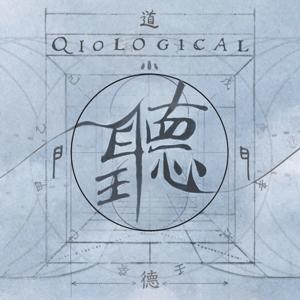We tend to think of eyesight as a technical problem—retinas, optics, refractive errors, clearer lenses. But eyes don’t just see—they interpret. They blur when the world feels too intrusive, or sharpen when clarity feels like safety. The eyes are woven through with story, memory, emotion, and the ways we've learned to look—or to look away.
In this conversation with Dr. Marc Grossman, optometrist, acupuncturist, and lifelong investigator of vision, we explore how eyesight is more than biology—it’s biography. He's spent decades asking not just what eye problems are, but why they appear in this person, at this moment, in this way. His work lives at the intersection of physiology, psychology, Chinese medicine, and the soul’s need to see clearly—not just out into the world, but into one’s own experience and heart.
Listen into this discussion as we explore how nearsightedness can emerge from emotional overwhelm, why some people develop tension in just one eye, how the optic nerve can reflect sensitivity and empathy, and why prescriptions sometimes don’t correct—but instead freeze—a moment in our story.
This isn’t a conversation about fixing eyes. It’s about recognizing eyesight as a living conversation between body, spirit, and the world we orient ourselves toward. It reminds us that inquiry—not protocol—is often the most powerful medicine.




































